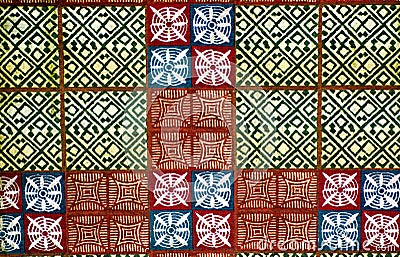 The first deaf artists in America again in the course of the 1760s through the early 1800s had been often portray portraits of American settlers in an attempt to be recognized in the new world. Figures are made to accommodate the spirits of deceased family members and are placed in household shrines, and masks are used to drive away the spirits of the deceased on the finish of the mourning period. It will likely be the first time that African artists are as proud to be in a museum on the continent as they’re to be in a museum in Europe or the US,” she says.
The first deaf artists in America again in the course of the 1760s through the early 1800s had been often portray portraits of American settlers in an attempt to be recognized in the new world. Figures are made to accommodate the spirits of deceased family members and are placed in household shrines, and masks are used to drive away the spirits of the deceased on the finish of the mourning period. It will likely be the first time that African artists are as proud to be in a museum on the continent as they’re to be in a museum in Europe or the US,” she says.
The collection is strongest in figurative sculpture and masks from West and Central Africa, and terracotta antiquities from the Sahel region. Some Poro masks are constructed of leather, cloth, and white raffia; different objects, including wood tablets inscribed with Qurʾānic verses, could also be attached to the headdress.
In West Africa, the earliest known sculptures are from the Nok tradition which thrived between 500 BC and 500 ADVERT in trendy Nigeria , with clay figures typically with elongated bodies and angular shapes. Like the neighbouring Bidyogo, the Baga , who’re descendents of fifteenth- or sixteenth-century migrants from the Sudan now occupying the coastal region of Guinea , carve sacred objects.

Giant life-measurement carved figures stand at the entrances of Yaka initiation huts, the inside walls of which are coated with painted bark panels. Every year, dancers don big masks representing Bedu, an animal spirit that lives within the wilderness. The Ngbaka and the Ngbandi are the peoples whose sculptures are of major significance within the northwest space.
Though the history of the Luba individuals (southeastern Congo Kinshasa) is one in all violence and warfare, their creative fashion is characterized by harmonious integration of organically related kinds. It’s in the villages of this southern region that the most highly developed political, social, and creative tradition has evolved.
